
Let’s get real for a minute. Studying abroad is amazing, and the glamorous pictures shared with family and friends and on social media may make it seem like a breeze. However, there is a side of studying abroad that many people do not talk about much, and others don’t know about. The cramming in the days before the test after a weekend of travel, grinding out homeworks quickly or even not turning it in on time, and stress of planning trips and staying focused in school all at the same time. The balance is what makes studying abroad challenging at times.

Since being at Georgia Tech Lorraine, I have had my fair share of highs and lows when it comes to my school work. However, I was able to quickly learn from my mistakes, and understand what I was personally capable of being able to handle when it came to traveling and school. The purpose of studying abroad is to enjoy being abroad and make the most out of those opportunities – and to be successful in your studies. One of the biggest challenges about studying abroad is being equally committed to both throughout the semester. By being organized, keeping a schedule, working hard, and remembering to do the best I can throughout my studies I have been able to decently handle this challenge, and would like to share some things I did to do so.

When I did have some low points in semester, I realized it was because I was straying away from what works best for me when it came to studying, and was not focusing on understanding the material. During the beginning of the semester I had the mentality that as long as I finished my homeworks each week, I would be perfectly fine. However, after the first round of tests I saw where I could improve: focusing on understanding the material throughout the week, and then letting my homeworks be a way to practice. Something I would highly recommended to save you stress while cramming for a test is to understand the material as much as you can while it is being taught.

Some other things that helped me stay on track with my studies was sticking to my old study methods; I tried changing them and regretted it. Personally what works for me is writing on whiteboards my notes and problems, but I know that doesn’t help everyone. Always make sure to do things that work for you! That is key. When other people may go back to the dorms to study, eat, and nap, you may need to be in a more structured environment to study or vice versa, and know that’s perfectly okay. Some other things I recommend doing is eating healthy and decent meals, keeping a checklist or weekly plan of all the things you need to get done, and getting all homeworks and important studying completed before leaving for weekend travels.
I believe balancing school and travel while being abroad is important to have a conversation about. The challenge is a real one, and I feel often isn’t discussed among our peers either out of embarrassment or self regret. It is also important to stay in close contact with family and friends while studying abroad, not only so can discuss your travels, but also to maintain your support system. Regardless of the distance, the people you are closest to will always be there to encourage you and may even help pinpoint ways to help you do better. I know it can be easy to get sucked into the whirlwind while studying abroad, however, I realized that’s where I find my greatest comfort and motivation at times. Also, remember that others studying abroad are going through similar things; you are not alone. While you are studying and grinding out those homeworks, don’t forget to check up on your fellow classmates as well because at the end of the day that’s all we have while abroad – each other.







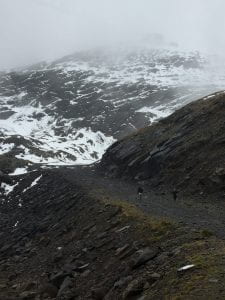

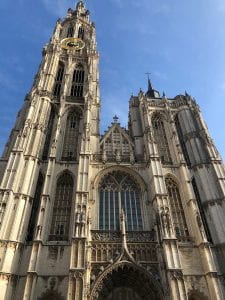
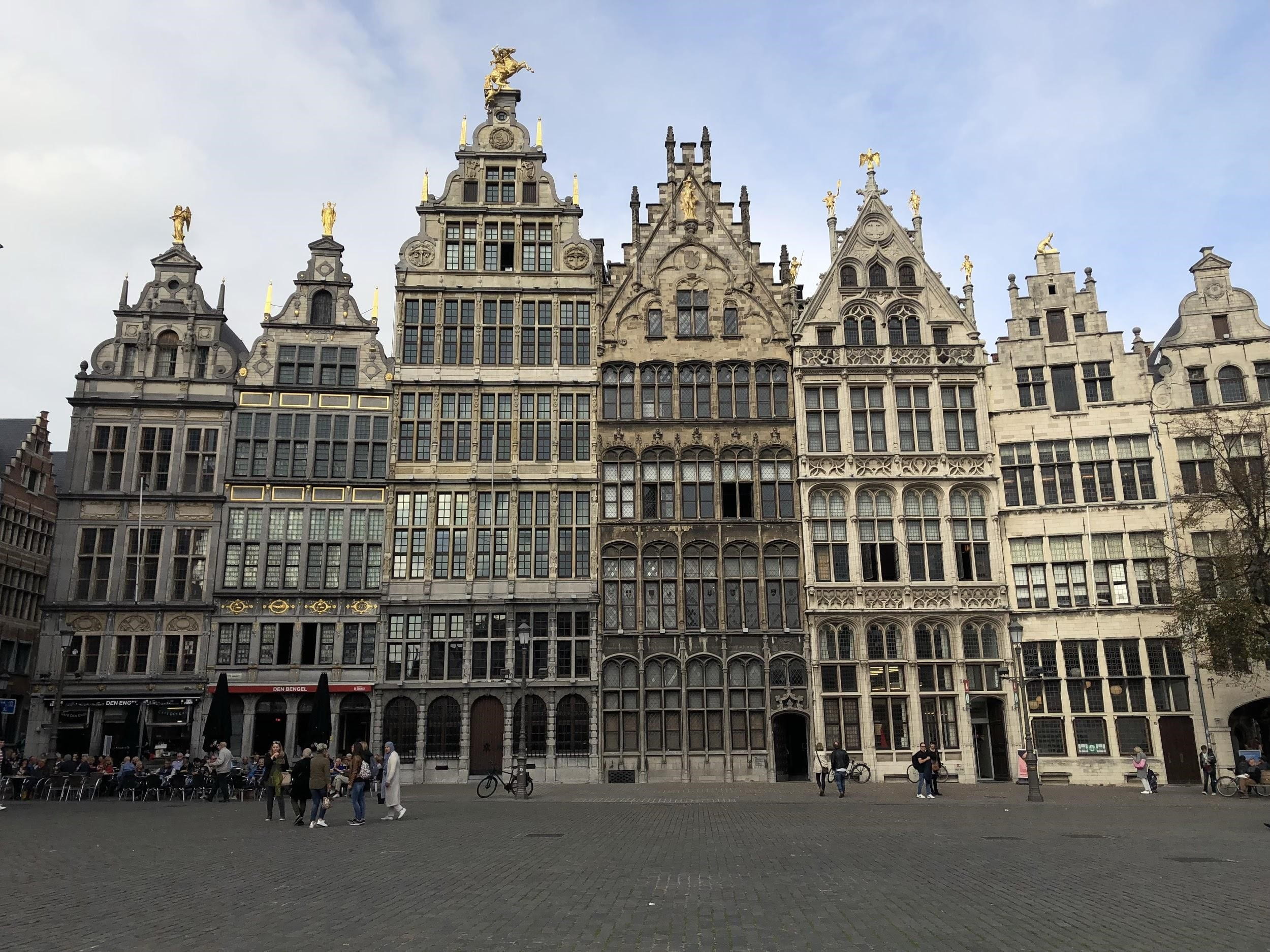
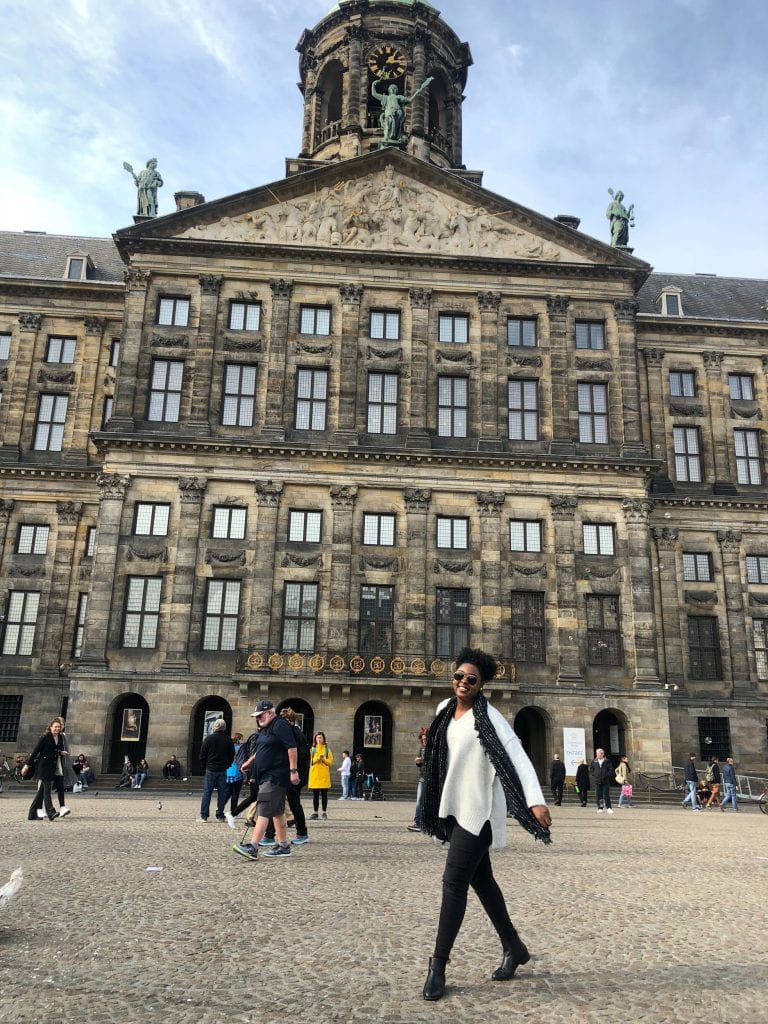
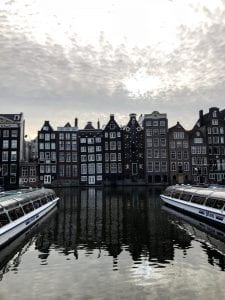
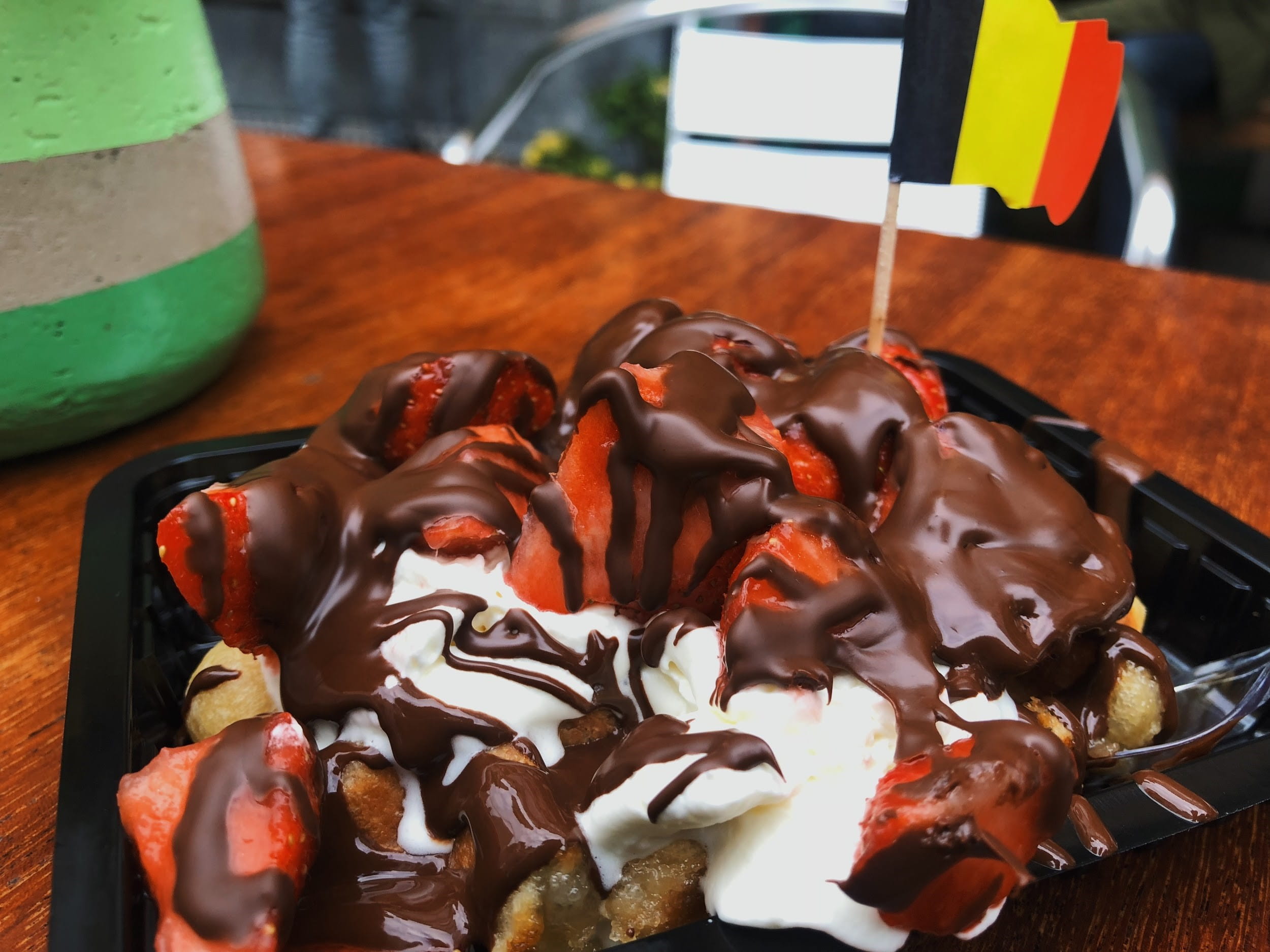


 While taking my first break from traveling in a month, I decided to explore more that Metz has to offer. This weekend I went to the Centre Pompidou and saw the amazing, vibrant artwork that decorated the museum. To my surprise, the museum was a lot more than seeing artwork on walls; it was an interactive experience as well. Throughout the museum, they had interactive exhibits such as walking in a dark room with blinking lights, a room called “Little Cafe” where you could write and draw on the walls of the exhibit in chalk, and a purple hued room playing piano tunes.
While taking my first break from traveling in a month, I decided to explore more that Metz has to offer. This weekend I went to the Centre Pompidou and saw the amazing, vibrant artwork that decorated the museum. To my surprise, the museum was a lot more than seeing artwork on walls; it was an interactive experience as well. Throughout the museum, they had interactive exhibits such as walking in a dark room with blinking lights, a room called “Little Cafe” where you could write and draw on the walls of the exhibit in chalk, and a purple hued room playing piano tunes.









 excitement. The first thing I did was eat delicious homemade Italian pasta, and go on the pebble-covered beach! The beach was beautiful: the water was a glistening turquoise color, it was surrounded by vibrant colored houses and rocks cascading up the rocks, and people of all ages walked along the beach. Later on that afternoon my friends and I ate the best gelato ever, saw a street show with a man jumping over fire, and enjoyed the nightlife in Nice.
excitement. The first thing I did was eat delicious homemade Italian pasta, and go on the pebble-covered beach! The beach was beautiful: the water was a glistening turquoise color, it was surrounded by vibrant colored houses and rocks cascading up the rocks, and people of all ages walked along the beach. Later on that afternoon my friends and I ate the best gelato ever, saw a street show with a man jumping over fire, and enjoyed the nightlife in Nice. 


 massive Oktoberfest grounds. The huge rides and attractions, the colorful food stands emanating delicious smells, the pervasive souvenir shops and the masses of humanity—all of it reminded me of the state fairs I’d been to back in the United States. The difference was that everything here was steeped in German culture. Instead of shorts and t-shirts, everywhere we looked we saw dirndls and lederhosen. Instead of corn dogs, cotton candy, and endless fried concoctions, the food stands were brimming with schnitzel, pretzels, and gingerbread. Amidst all these Bavarian traditions, however, Oktoberfest was easily one of the most touristy destinations I’ve visited. As we wandered through the crowds, I heard English being spoken as often as not.
massive Oktoberfest grounds. The huge rides and attractions, the colorful food stands emanating delicious smells, the pervasive souvenir shops and the masses of humanity—all of it reminded me of the state fairs I’d been to back in the United States. The difference was that everything here was steeped in German culture. Instead of shorts and t-shirts, everywhere we looked we saw dirndls and lederhosen. Instead of corn dogs, cotton candy, and endless fried concoctions, the food stands were brimming with schnitzel, pretzels, and gingerbread. Amidst all these Bavarian traditions, however, Oktoberfest was easily one of the most touristy destinations I’ve visited. As we wandered through the crowds, I heard English being spoken as often as not. As the rides were quite expensive, we decided that we only wanted to try one; so, naturally, we needed to choose the best and craziest one to satisfy our thrill-seeking. The Ferris wheel, rollercoasters, and merry-go-rounds were too mundane—we settled instead on a ridiculous, crazily spinning contraption that looked like a cross between a pendulum and a wagon wheel. Upon vaguely googling this to try to find out what it was, I discovered that there’s a
As the rides were quite expensive, we decided that we only wanted to try one; so, naturally, we needed to choose the best and craziest one to satisfy our thrill-seeking. The Ferris wheel, rollercoasters, and merry-go-rounds were too mundane—we settled instead on a ridiculous, crazily spinning contraption that looked like a cross between a pendulum and a wagon wheel. Upon vaguely googling this to try to find out what it was, I discovered that there’s a  experience in general. At the festival, we tried curryworst, a spicy saucy sausage on a bun that proved incredibly messy to eat but very yummy nonetheless. Our other fair fare (hehe) included apple funnel cake, gingerbread, frites, and a beautiful chocolate covered apple. On the Sunday morning before we left, we walked to an unassuming bakery a few blocks from where we were staying and got sandwiches and pastries, and I had one of the most delicious chocolate-filled donuts I’ve ever tasted. Finally, as we prepared to depart from the Munich train station, I realized my fatal mistake: I had come all this way to Germany and failed to eat a pretzel! I got one for the road before we left and ate it on the train, satisfied with the wonderful taste of Munich that this weekend had given me.
experience in general. At the festival, we tried curryworst, a spicy saucy sausage on a bun that proved incredibly messy to eat but very yummy nonetheless. Our other fair fare (hehe) included apple funnel cake, gingerbread, frites, and a beautiful chocolate covered apple. On the Sunday morning before we left, we walked to an unassuming bakery a few blocks from where we were staying and got sandwiches and pastries, and I had one of the most delicious chocolate-filled donuts I’ve ever tasted. Finally, as we prepared to depart from the Munich train station, I realized my fatal mistake: I had come all this way to Germany and failed to eat a pretzel! I got one for the road before we left and ate it on the train, satisfied with the wonderful taste of Munich that this weekend had given me.